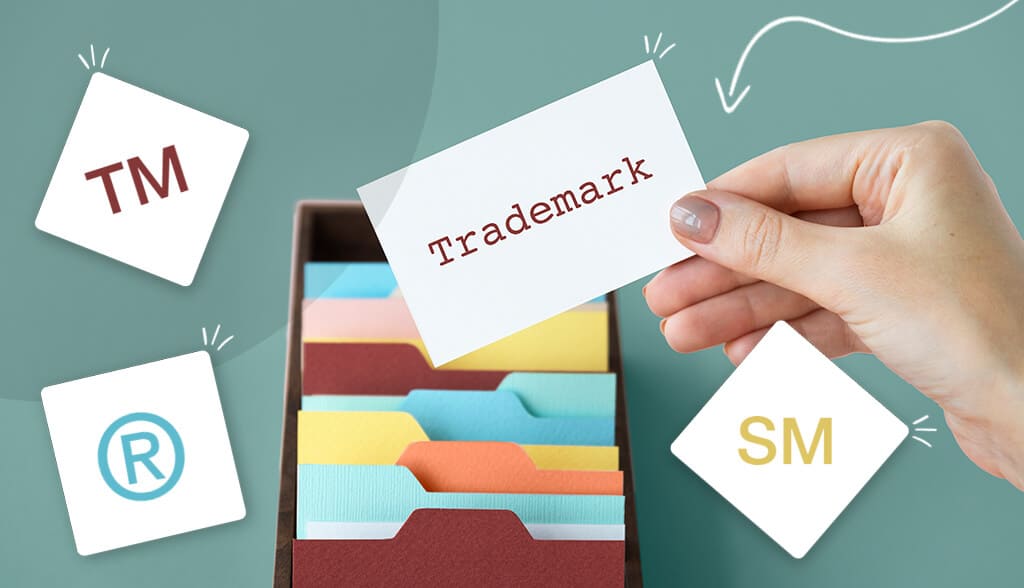
Wondering how to use trademark symbols correctly? Want to cut to the chase and learn about it quickly? Would an easy-to-understand explanation that answers the following questions help?
I’ll answer all those questions and more in this how-to-use trademark symbols guide.
Trademarks are your brand’s visual DNA; these marks differentiate your business and its products or services from your competitors.
A trademark serves to identify your business’s intellectual property and displays ownership and exclusive rights over your idea, creation, or design. It’s also a marketing tool that tells consumers they’re buying a “genuine article or service” from a reputable brand.
Trademarks can take many forms, the most common being the logo trademark. It can also be names, phrases, slogans, or anything you use to identify your goods or services.
A trademark symbol is a visual mark that sits next to your logo, brand name, tagline, or any other marketing character to show it has trademark protection.
Trademark symbols accomplish 3 essential jobs. They exist to provide “public notice” and deter sub-standard imitations of your product or service.
Here’s how:
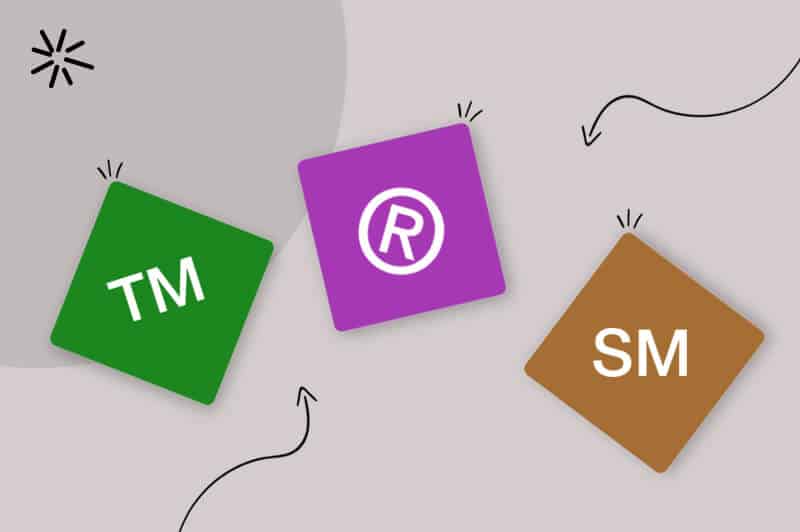
There are 3 trademark symbols ®, TM, and SM, and all have different meanings, uses, and levels of protection

The trademark symbol ™ represents unregistered trademarks (not registered with the United States Patent and Trademark Office) that show a business claims the rights to the trademark (names, logos, slogans) next to it.
It’s for trademarks representing goods, like running shoes, coffee, and game consoles, distinguishable from other similar products.
While owners of unregistered trademarks have less protection than those with federal marks, they still have trademark rights under common trademark law, such as where they operate and if their trademark is distinctive and identifies a specific product or service.
For example, Nike is a global brand that 90% of the world’s population knows. Just because they don’t have a USPTO registered trademark, doesn’t mean you could use their “swoosh” logo or “just do it” slogan.

The trademark symbol SM stands for “service mark” and is for unregistered trademarks that represent services.
Like Western Union, American Express, and United Airlines who use the SM trademark symbol and rely on international recognition to protect their branding under common trademark law.
Before registering your trademark with USPTO, you can use both the SM and TM symbols to inform consumers and competitors that you claim the designs as yours.

The trademark symbol ® stands for a registered trademark, and you use it once you’ve applied for a trademark with USPTO and they approve it.
The registered trademark symbol provides your brand’s trademarks with complete protection against infringements as long as you defend it.
Note that when using a USPTO registered distinctive business logo, word, phrase, or symbol, you must tell the world and place the trademark symbol ® next to it.
You can use your designated symbol anywhere around your trademark and there aren’t any specific requirements regarding the font or size. Still, there are certain guidelines most brands use.
The first thing you need to know is what the terms superscripts or subscripts mean.
A subscript is a character (in this case, your trademark symbol) positioned below your trademark. A superscript is placed above your trademark. Both are smaller than your trademark.
As you now know, trademark symbols are either superscript or subscript (in the top right corner or bottom right corner) next to your trademark logo, name, or slogan.
For example:
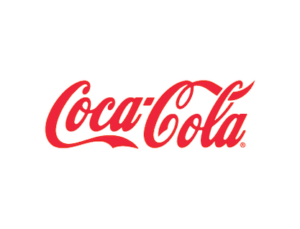
use a subscript.
while
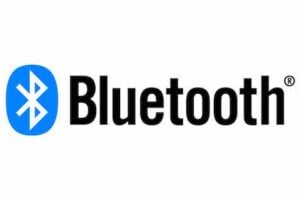
use a superscript.
Most brands with a trademark symbol representing names, words, and phrases—whether a TM, SM, or ®—place the symbol in the upper right corner after the mark.
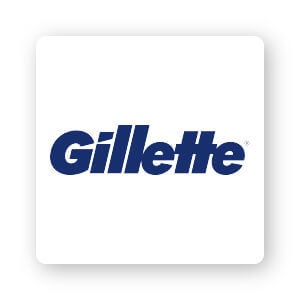
Most businesses with trademark symbols for logos place them in the lower right corner.
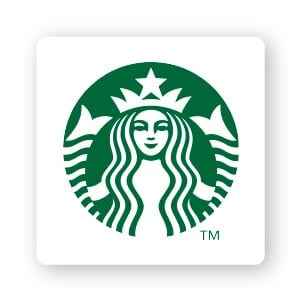
The correct frequency of use is essential when using trademark symbols; overusing it can clutter your marketing strategies.
Since there’s no rule saying you must use your trademark symbol on all your trademark visuals, you can apply it as and when it suits.
For example, a good place to use your trademark symbol is when you first or most prominently use your trademarks, such as your primary marketing campaign, website homepage, or packaging.
A single trademark symbol used with your primary mark on print materials, like flyers or short brochures, is sufficient.
On more extended materials, it’s better to use the designation (trademark symbol) at least once on every page your trademark appears.
When using your trademark online, place the designation at least once per web page where you use your mark.
An excellent way to achieve this is to place the designation anywhere you repeat your marks, such as in a header or footer.
Using trademark symbols on social media is more relaxed.
Most brands and blogs use the trademark symbol only once in their bio/username and not in every tweet, status, or blog post to avoid over-formalizing and cluttering their social platforms.
When you allow 3rd parties to use your trademarks for marketing and sales purposes, you must ensure they use your trademark symbols correctly and per your branding strategy.
One way is to provide all 3rd party users with clear trademark symbol guidelines, such as where to position the mark, font size, color, and style.
And always monitor any 3rd party activities to ensure their product, service quality, and customer care is consistent with yours to avoid them tainting your good name because if they do you could lose your trademark rights.
Wasn’t that easy? I hope I have answered all your “how to use a trademark symbol” questions. But if I haven’t, check out our other trademark posts because I’m sure they will.
Happy reading.
This portion of our website is for informational or educational purposes only. Tailor Brands is not a law firm, and the information on this website does not constitute legal advice. All statements, opinions, recommendations, and conclusions are solely the expression of the author and provided on an as-is basis. Accordingly, Tailor Brands is not responsible for the information and/or its accuracy or completeness. It also does not indicate any affiliation between Tailor Brands and any other brands, services or logos on this page.
Products
Resources
©2025 Copyright Tailor Brands